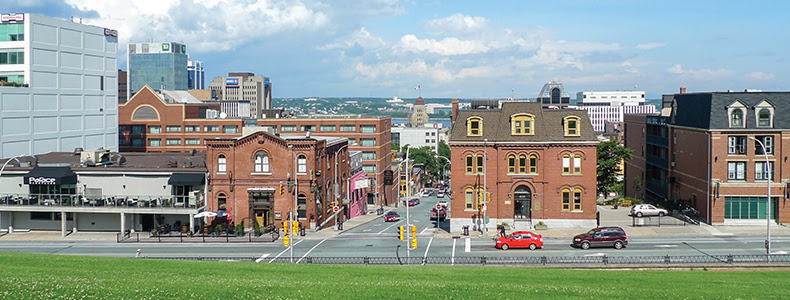Building an efficient and purposeful smart city requires many things; foundational governance, core infrastructure competencies, brand positioning, and meticulous project management. The blueprint towards success is not a sprint but a journey that enables growth, celebrates achievement, and engages the community along the way.
BDO recognizes that building a smart city is tall order, and we want to be a part of your municipality’s journey towards that sustainable future. By combining industry expertise with operational excellence, BDO Consulting can help you address the business challenges associated with building a smart city by integrating four complementary areas of focus: strategy and operations; technology; risk-advisory services; and human resources. We integrate these area into a single, comprehensive portfolio of exceptional services tailored to your unique needs.




